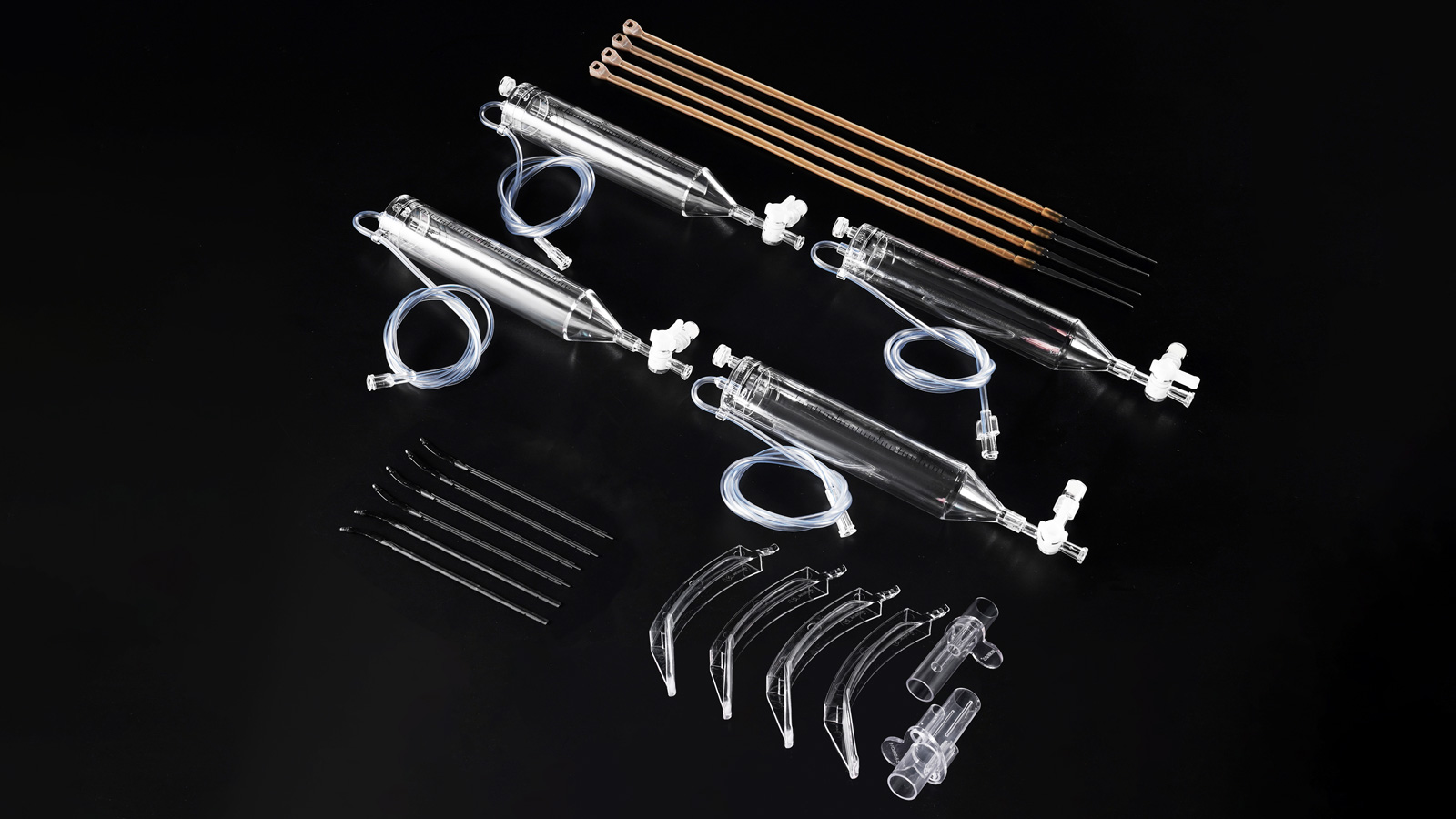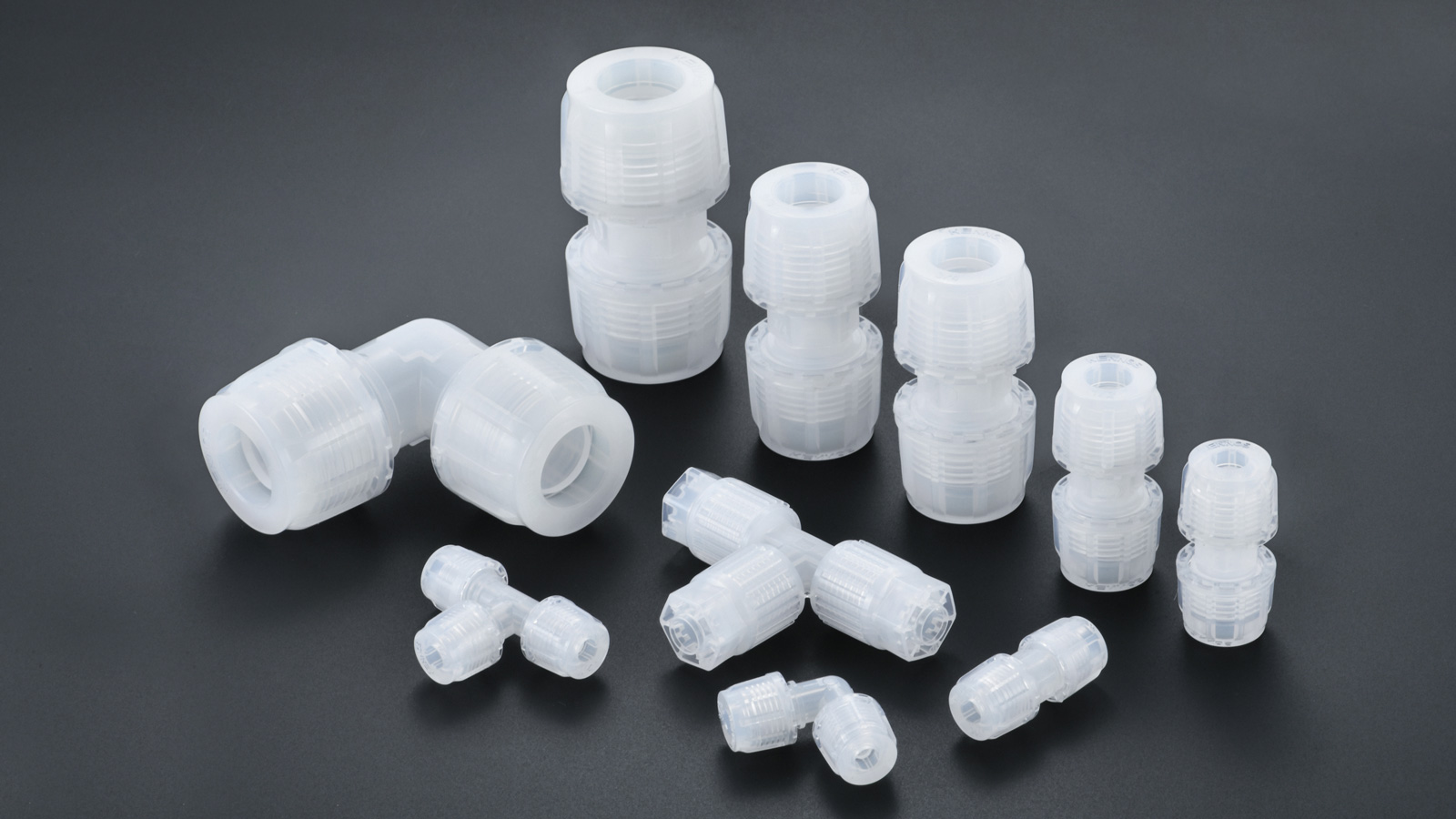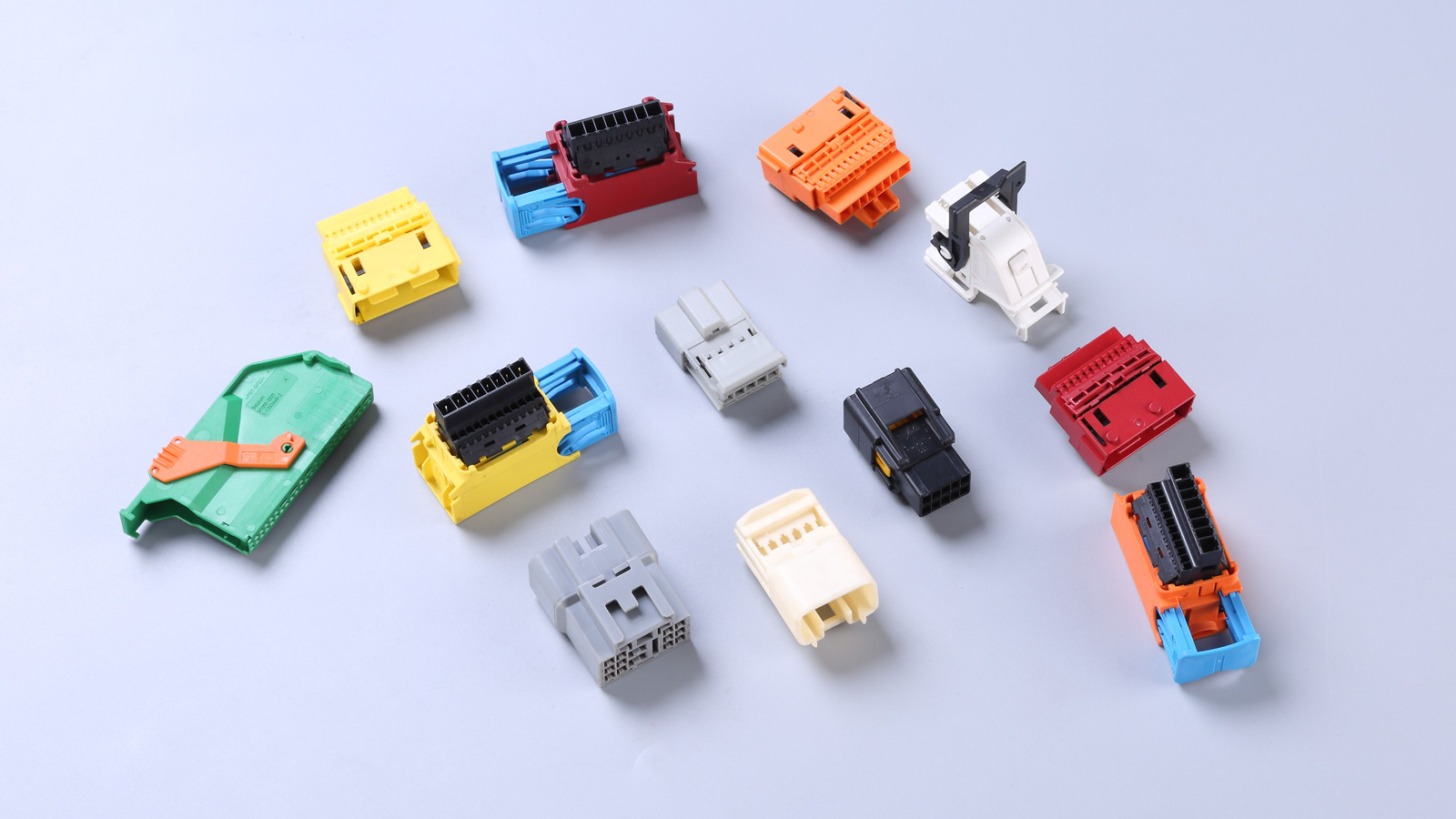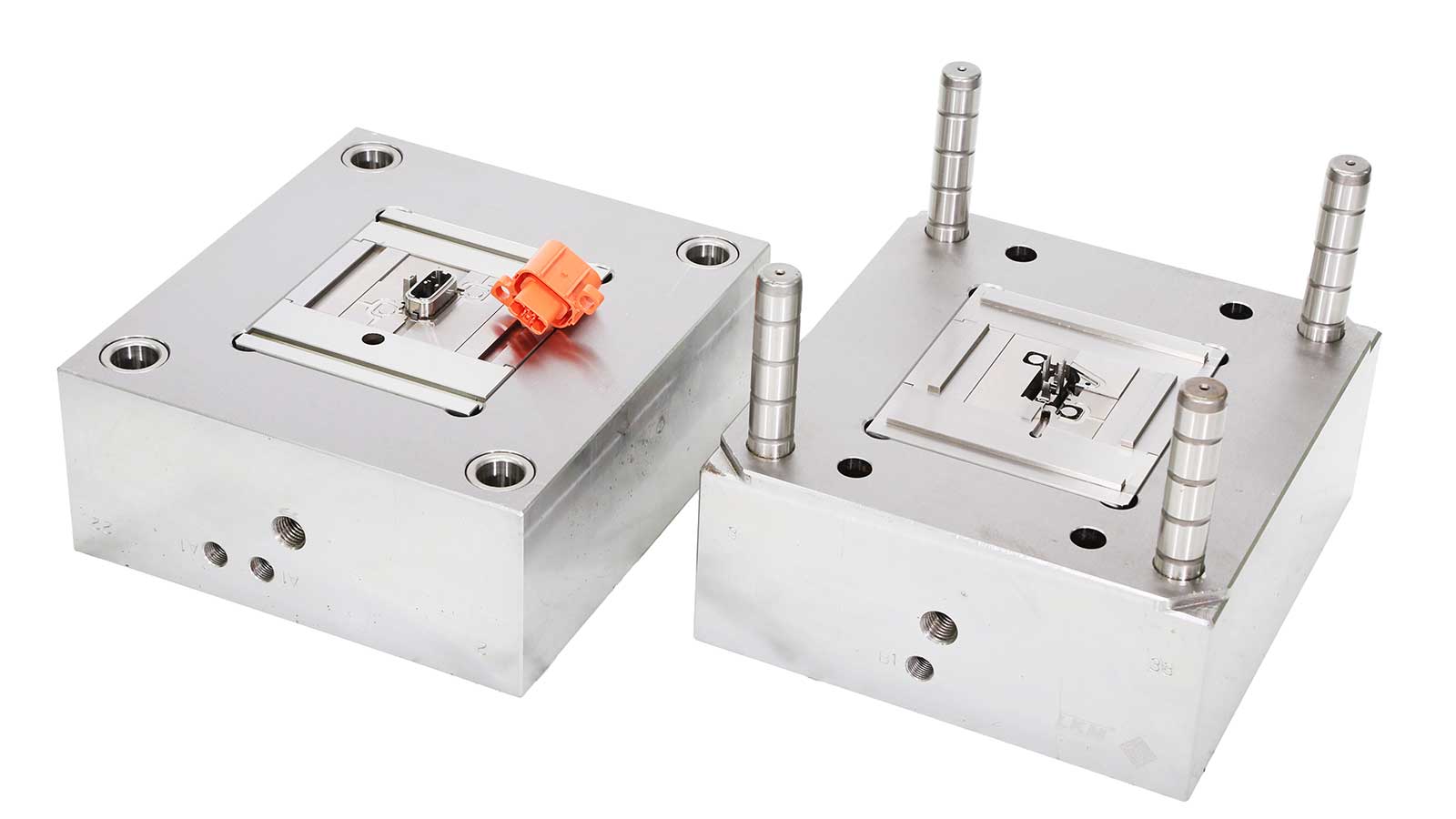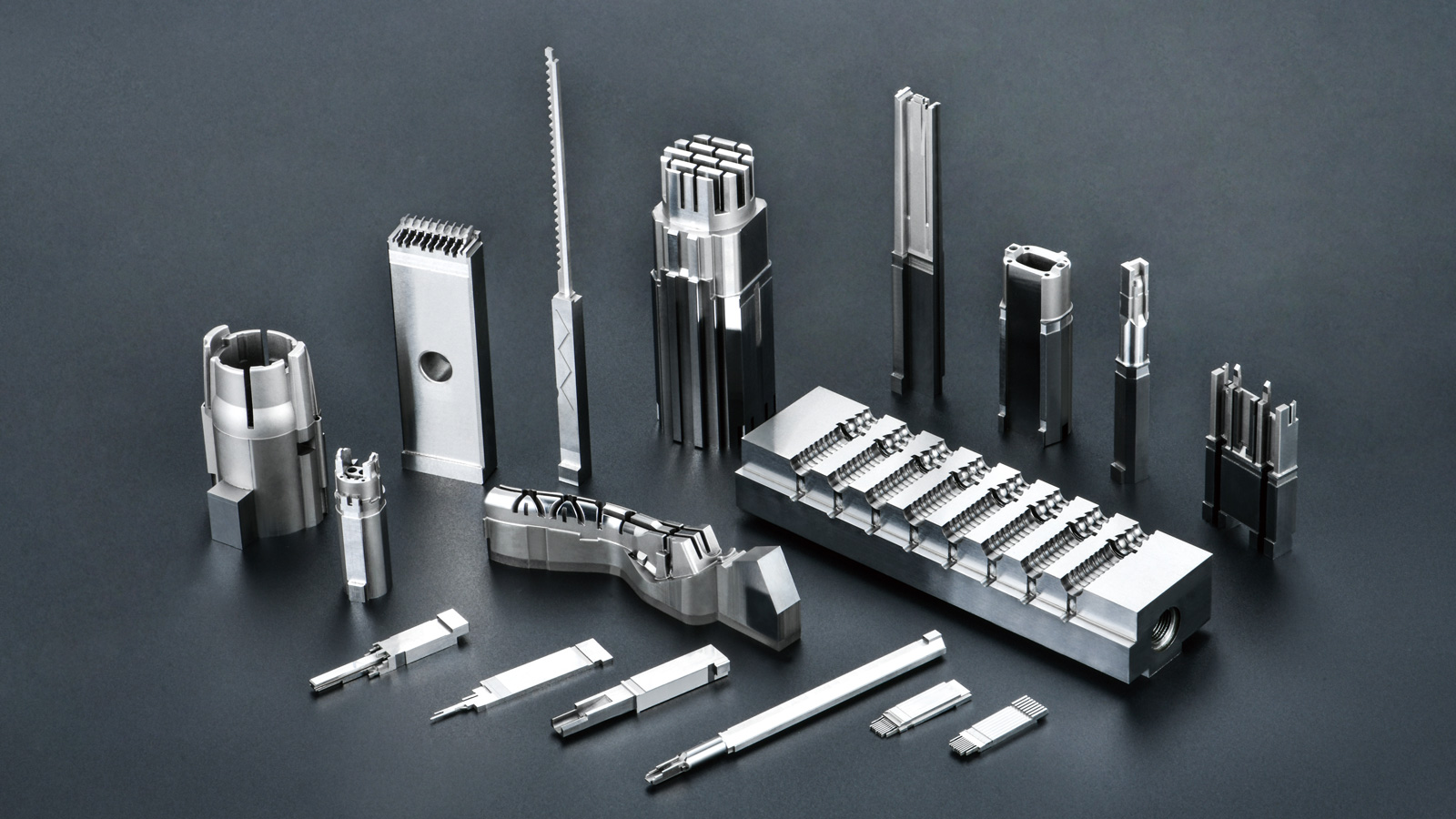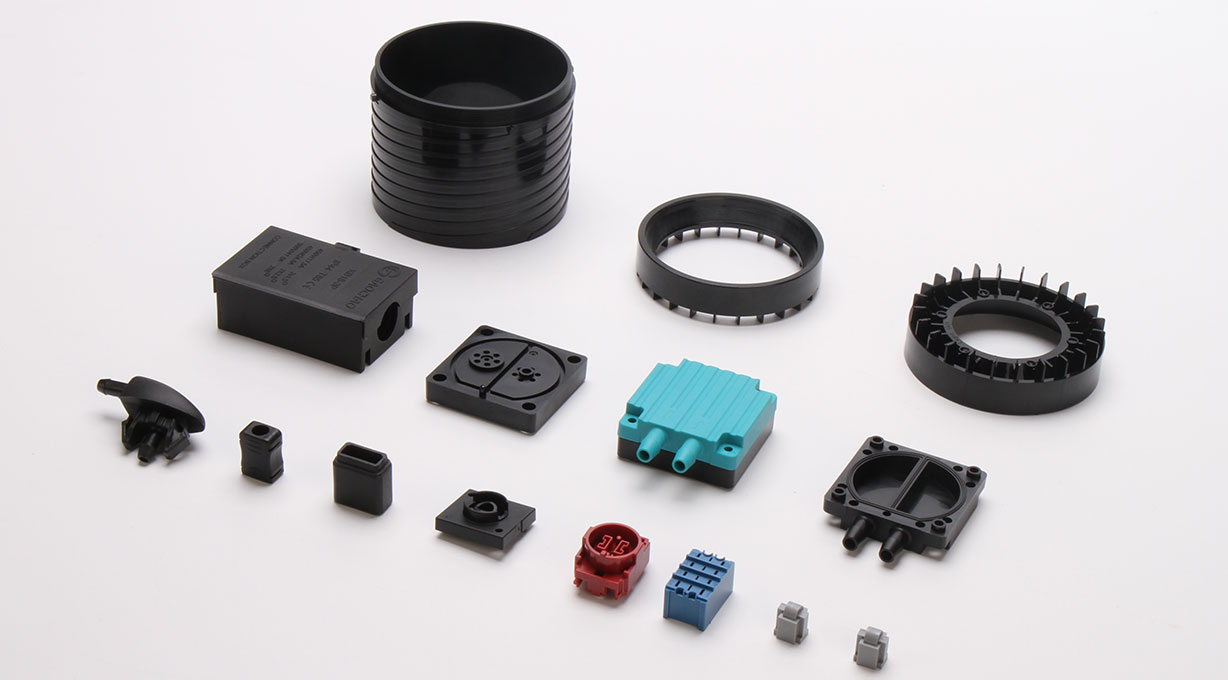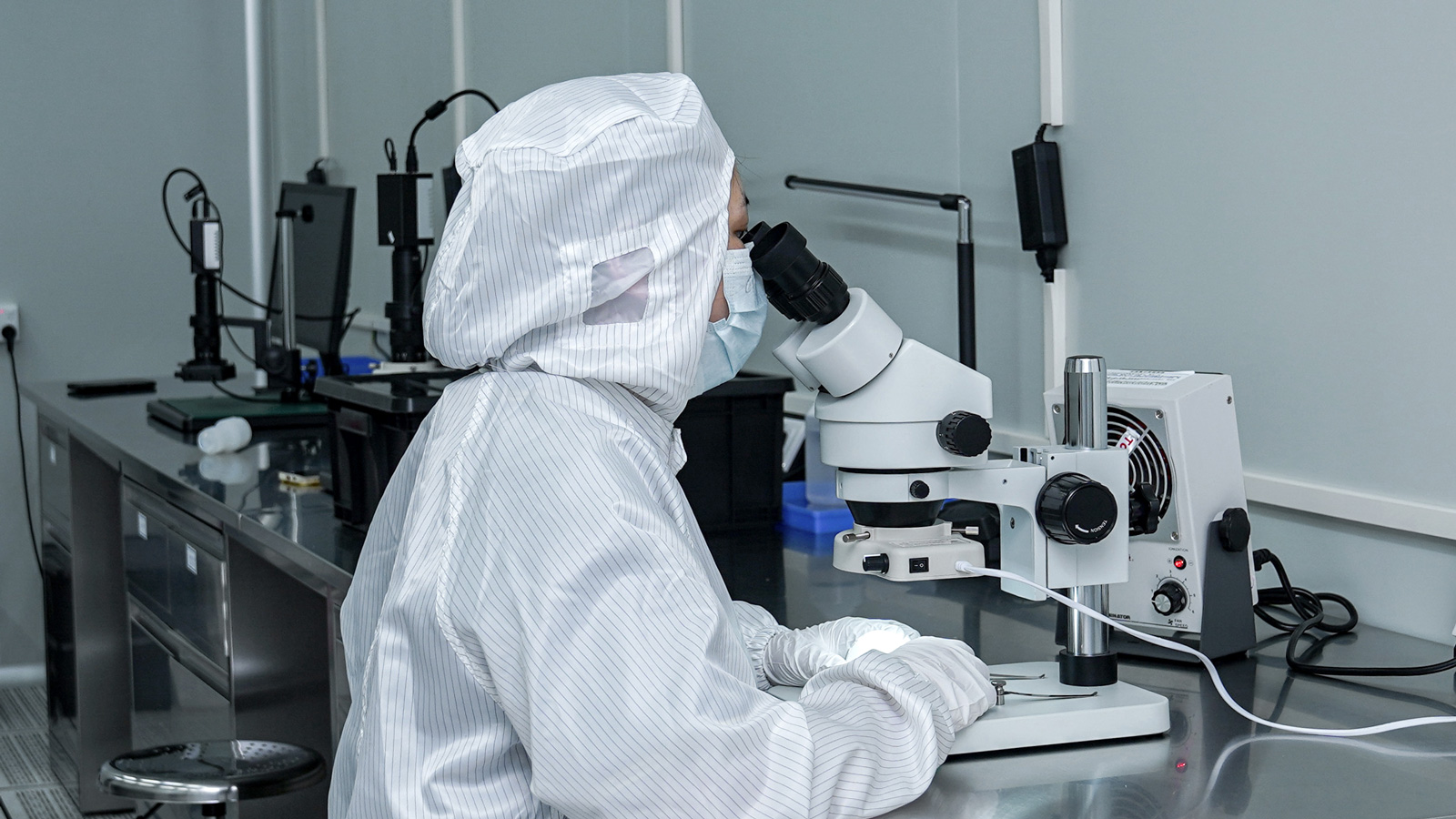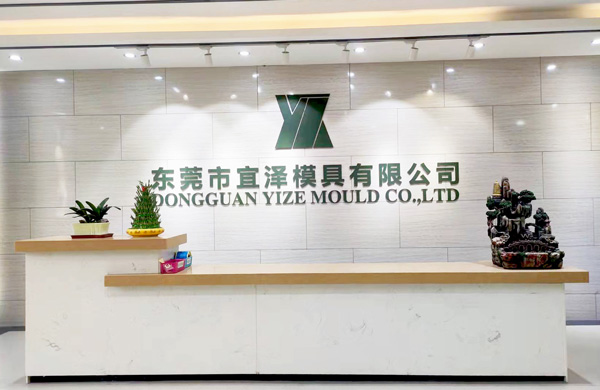In the field of injection molding production, the glossiness of injection molded parts is one of the important indicators for measuring product quality and appearance. Parts with good glossiness not only give people a high – quality and exquisite visual impression but also enhance the product’s market competitiveness. So, how can we improve the glossiness of injection molded parts? Below, we will introduce in detail from three aspects: injection molds, injection processes, and raw materials.
Injection Molds: Details Determine Glossiness
Injection molds, as key tools in injection molding, have a direct impact on the glossiness of injection molded parts.
- Cavity Surface Treatment: If the mold cavity is not properly treated and has problems such as scratches, micropores, wear, and a rough appearance, these issues will inevitably be reflected on the plastic products, resulting in unsatisfactory glossiness. Therefore, the injection mold should be carefully processed to minimize the surface roughness of the cavity. If necessary, chrome plating can be carried out to improve the surface finish.
- Oil and Water Stain Removal: When there are oily or watery substances on the cavity surface or too much mold release agent is used, the surface of the plastic product will turn black and lose its gloss. In this case, oil and water stains should be removed in a timely manner, and the use of mold release agent should be strictly controlled to avoid adverse effects on the product surface.
- Draft Angle Optimization: When the draft angle is not large enough, demolding will be difficult, or the demolding force will be too high, which will affect the surface glossiness of the plastic product. In response to this situation, the draft angle should be appropriately increased to ensure that the product can be demolded smoothly while maintaining good surface glossiness.
- Mold Ventilation System Inspection: If the injection mold has poor ventilation, too much gas will be trapped inside, leading to poor surface glossiness of the product. Therefore, the mold ventilation system should be regularly inspected and corrected to ensure that the gas can be discharged smoothly and avoid affecting product quality.
- Gate and Runner Adjustment: If the cross section of the gate or runner is too small or changes abruptly, the shear force will be too large when the melt flows through, causing turbulence and reducing the surface glossiness. In this case, the cross sections of the gate and runner should be appropriately increased to make the melt flow more smoothly and improve the product’s glossiness.
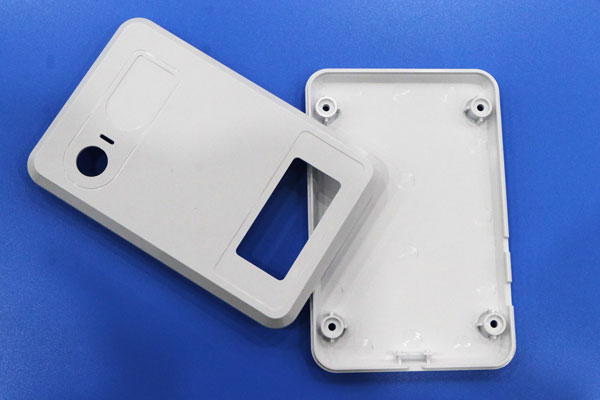
Injection Processes: Precise Control for Glossiness Improvement
The setting of various parameters in the injection process plays a key role in the glossiness of injection molded parts.
- Injection Speed Increase: When the injection speed is not high enough, the surface of the plastic product will not be tight enough, resulting in poor surface glossiness. Therefore, according to the product characteristics and material properties, the injection speed should be appropriately increased to ensure that the plastic can fully fill the cavity and form a smooth surface.
- Cooling System Improvement (for Thick – Walled Products): For thick-walled plastic products, if the cooling is insufficient, burrs will appear on the surface, causing the surface to turn black. In this case, the cooling system should be improved to enhance the cooling efficiency and ensure that the product can cool evenly, avoiding surface defects.
- Packing Pressure and Time Adjustment: When the holding pressure and holding time are insufficient, the density of the plastic product will not be high enough, and the surface gloss will also be poor. So, the holding pressure and holding time should be increased to ensure that the product can be fully compacted during the cooling process and improve the surface glossiness.
- Melt Temperature Control: If the temperature of the molten plastic is too low, its fluidity will be poor, often leading to poor surface glossiness. In this situation, the melt temperature should be appropriately increased to enhance the fluidity of the plastic and ensure a smooth product surface.
- Uniform Cooling Guarantee (for Crystalline Resins): For crystalline resins such as PE, PP, and POM, if they are not cooled evenly, the surface gloss will be poor. Therefore, the cooling system should be improved to ensure that the product can cool evenly and avoid surface defects caused by uneven cooling.
- Coordination of Gate and Injection Speed: If the cross section of the gate is too small and the injection speed is too high, the area around the gate may turn black and lose its gloss. In this case, the injection speed should be appropriately reduced, and the cross section of the gate should be appropriately increased to allow the melt to enter the cavity smoothly and improve the product’s surface glossiness.
Raw Materials: Quality Assurance for Glossiness Foundation
The quality and characteristics of raw materials have a fundamental impact on the glossiness of injection molded parts.
- Raw Material Sieving: When the particle size of the raw material varies greatly, it is difficult to ensure uniform plasticization, resulting in poor glossiness. Therefore, the raw material should be sieved to remove overly large or small particles, ensuring uniform particle size and improving the plasticization effect.
- Control of Recycled and Degraded Materials: Adding too much recycled or degraded material to the raw material will affect the melt plasticization, leading to poor surface glossiness. So, the amount of recycled or degraded material should be reduced to ensure the stable quality and performance of the raw material.
- Selection of Heat – Resistant Raw Materials: When adjusting the temperature, some raw materials will decompose and fade, resulting in poor glossiness. In response to this situation, raw materials with high heat resistance should be selected to avoid decomposition and fading during the processing process and ensure product glossiness.
- Raw Material Pre – Drying: If there is too much moisture or VOC (volatile organic compounds) in the raw material, they will volatilize into gas when heated and then condense in the cavity and melt, leading to poor glossiness of the plastic product. Therefore, the raw material should be pre – dried to remove the moisture and VOC and ensure product quality.
- Additive Selection: Some additives have poor dispersibility, which will lead to poor glossiness of the plastic product. In this case, additives with better fluidity should be selected to improve their dispersibility in the plastic and thus enhance the product’s glossiness.
- Impurity Removal: When foreign objects, debris, or incompatible materials are mixed in the raw material and cannot be uniformly mixed with the raw material, it will lead to poor surface glossiness. Therefore, these impurities should be strictly removed in advance to ensure the purity of the raw material.
- Lubricant Addition: If the amount of lubricant used is insufficient, the fluidity of the melt cannot be ensured, resulting in poor surface density and glossiness of the plastic product. In this case, an appropriate amount of lubricant should be added to improve the fluidity of the melt and enhance the product’s surface glossiness.
Improving the glossiness of injection molded parts requires attention to multiple aspects such as injection molds, injection processes, and raw materials, focusing on every detail and precisely controlling every link. Only in this way can we produce injection molded parts with good glossiness and enhance the product’s quality and market competitiveness. It is hoped that the above content can be helpful to friends engaged in injection molding production. Let’s work together to create more high – quality injection molded products!
